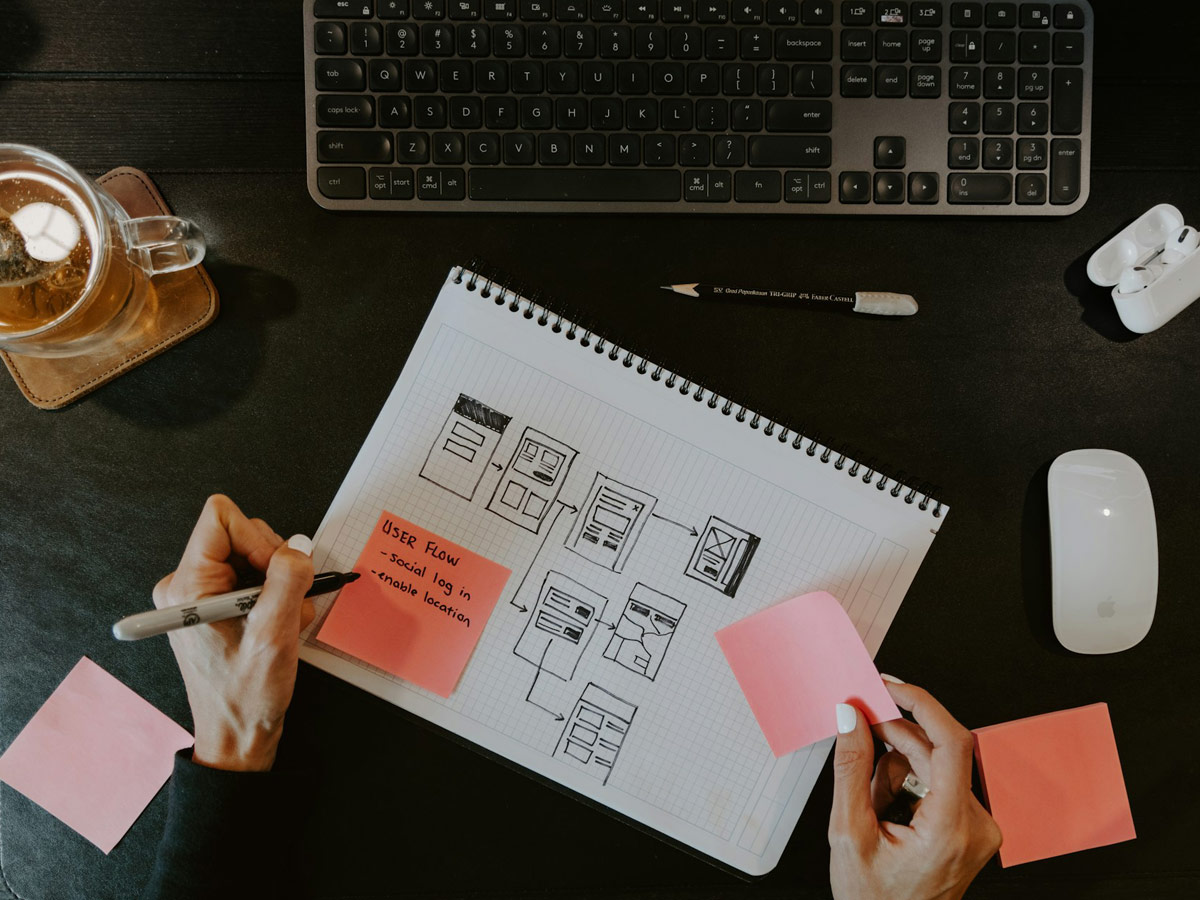
Every great website starts with a great design—but turning that static design into a fast, interactive, and user-friendly website takes careful planning and technical skill. As a front-end developer, my role is to bridge the gap between what the designer envisions and what the user experiences in the browser. Here’s how I approach the transformation from UI design to a fully functional website.
Turning UI Designs into Functional Websites
Translating UI designs into functional websites is both a technical process and a creative endeavor. It starts with a careful analysis of the design files—whether in Figma, Adobe XD, or Sketch. I break down the layout, spacing, colors, typography, and component behavior to understand the designer’s intent. From there, I structure the HTML to reflect the visual hierarchy, ensuring semantic correctness for accessibility and SEO. Simultaneously, I begin writing CSS (or using a framework like Tailwind or SCSS) to style the elements, matching the design pixel by pixel. Responsive behavior is also mapped out, often through media queries or CSS grid/flexbox strategies, to make the site work seamlessly across devices.
From Static to Interactive
Once the structure and styles are in place, I focus on bringing the UI to life with interactivity. This means using JavaScript or a framework like React or Vue to handle dynamic elements—think sliders, dropdowns, form validation, and API integrations. I pay attention to animation details and micro-interactions, often using libraries like GSAP or Framer Motion if needed. Performance and usability testing come next, ensuring the site not only looks like the design but behaves intuitively.
By the end of the process, what began as a flat design is now a polished, functional product—ready to engage users across devices and platforms. It’s a satisfying transformation that blends creativity with logic, and it’s one of the most rewarding parts of what I do.
By the end of the process, what began as a flat design is now a polished, functional product—ready to engage users across devices and platforms. It’s a satisfying transformation that blends creativity with logic, and it’s one of the most rewarding parts of what I do.
As we build for a world filled with smart assistants and augmented layers, these principles remind us: great design isn’t just future-forward—it’s human-first.
